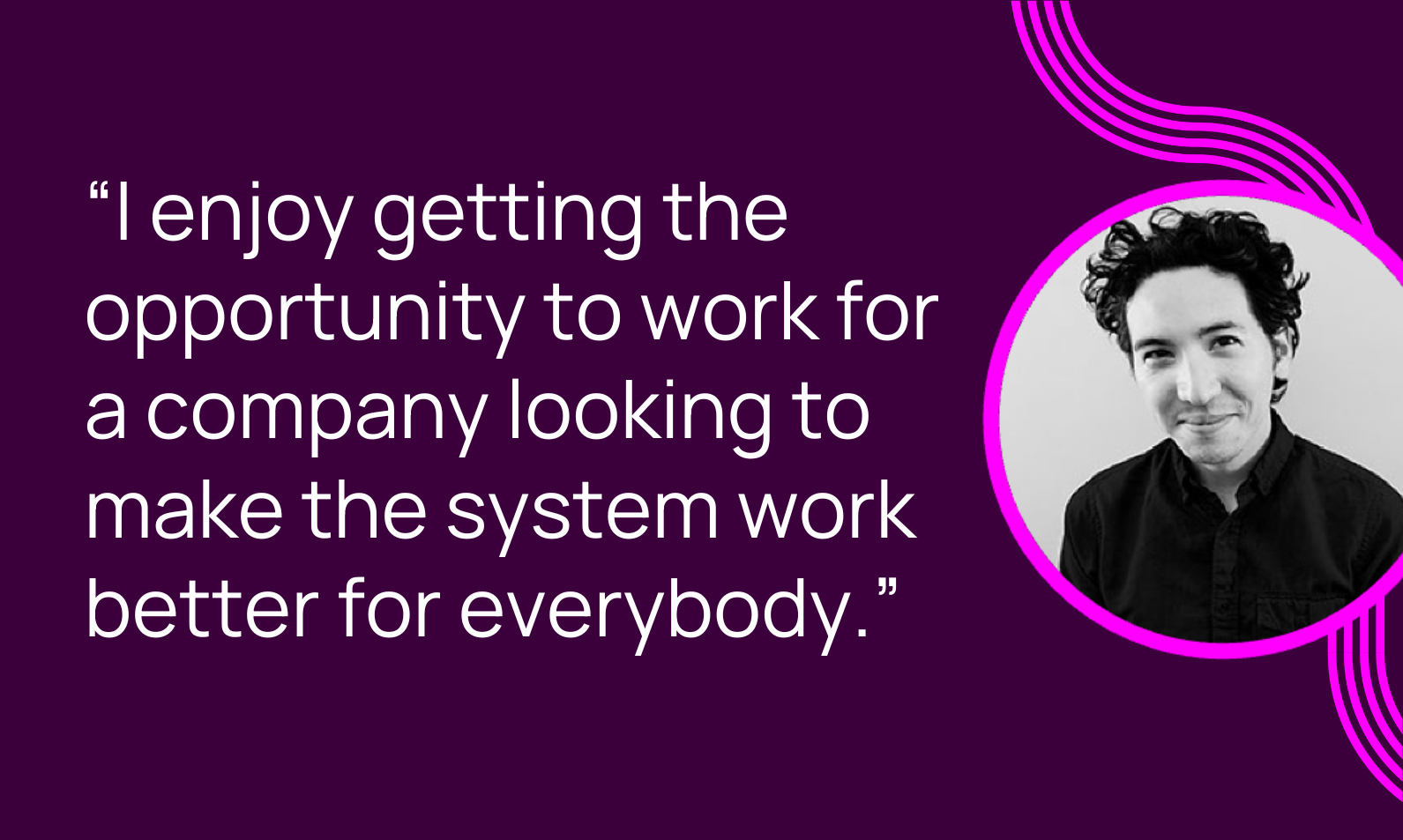In the past decade, several health insurance carriers have entered the individual and employer-sponsored markets, bringing innovative products and consumer-first digital experiences in a bid to compete with legacy carriers. One such entry is Friday Health Plans, a Colorado-based company launched in 2015 to serve the individual and small group markets. As Friday has expanded from a single-state carrier to a rapidly growing multi-state firm with $186 million in venture capital funding, digital technology has been a driving force behind its growth.
To learn more about the company’s growth strategy, Ideon spoke with Lisa Kwiecien, Friday’s director of channel development. The interview has been condensed and edited for clarity.
IDEON: What is Friday’s key differentiator?
KWIECIEN: We create health plans that are good value, easy to buy, and easy to use. We always put the consumer first, which is apparent in our plan designs.
How does technology help Friday compete against more established, national health plans?
Because we concentrate on individuals, families, and small groups, we have fewer plan designs, which means that our technology can be more focused and efficient. Tech helps make our plans easy to administer, straightforward to buy, and effortless to understand. That’s true for brokers, employers, and most especially consumers.
How so?
We’ve invested in technology across the company—in our app, in our telehealth function, in customer support. We’ve enhanced our ability to communicate with members, to help them access their ID cards digitally, to understand their deductibles and other plan details. They can also use our app to search for providers. We knew we had to be aligned with today’s consumer expectations generally.
Friday Health Plans recently started working with Ideon. Can you talk about that?
We work with Ideon in two ways. We share our plan and rate information with Ideon, which then distributes that data to third-party quoting platforms used by brokers, employers, and consumers. And we use Ideon to connect with benefits platforms [e.g., Rippling, GoCo, Decisely, Sequoia, Gusto], which helps us streamline digital enrollment and member management. We know we have great products and competitive rates, but we wanted to make the enrollment process more efficient for small businesses and for brokers. We needed to improve connectivity with today’s benefits ecosystem.
Why is connectivity with respect to brokers so important?
We pride ourselves on being a broker-friendly carrier. Many decisions by brokers are made because of convenience, so we want to make our products and technology as convenient as possible. We started to search for different ways that we can automate enrollment, because historically it’s been a super manual process to submit member and group enrollment information in the small group market. There’s a lot of back-and-forth. It’s inefficient. And often it still involves a lot of paper. Ideally, we want it so that brokers can digitally manage all transactions, submitting enrollments on their preferred platform so that we’re not working on different CSV files or PDFs, etc.
Why does uniformity like that matter?
For us, receiving a consistent file format from all these platforms improves our efficiency and accuracy, enabling us to seamlessly process incoming enrollments and member changes. And when we minimize errors, everything happens faster, creating a streamlined process. Members get their ID cards sooner, brokers have fewer fires to put out. We’re always working to build a streamlined process that flows smoother than it does today.
Does having better digital connectivity with benefits platforms factor into Friday’s growth plans?
Absolutely. It’s about scalability. When we anticipate our expansion into new markets and new states, we want to make sure that we have the technology in place to scale effectively. Enhancing our connectivity with benefits administration platforms is a prerequisite for scaling our business. That’s one reason why we’re working with Ideon.
Final question: Friday, which is a member of the HRA Council, supports Individual Coverage Health Reimbursement Arrangements (ICHRAs). How do ICHRAs fit into your company’s strategy?
We’re always thinking about how to improve affordability and optionality to employers and employees. There are a lot of reasons why ICHRAs might appeal to a small employer—e.g., cost predictability, class options—and ICHRA gives an employee more plan choices through the individual market than does a traditional small-group offering. They’re also tax-free and transportable. Our CEO, Sal Gentile, sees ICHRAs as a growth opportunity as they become more prevalent in the next few years.
Thanks so much for your time and candor, Lisa.
My pleasure.
To learn how benefits platforms can connect with Friday Health Plans, or for information about Ideon’s solutions for carriers, please reach out to support@ideonapi.com.










